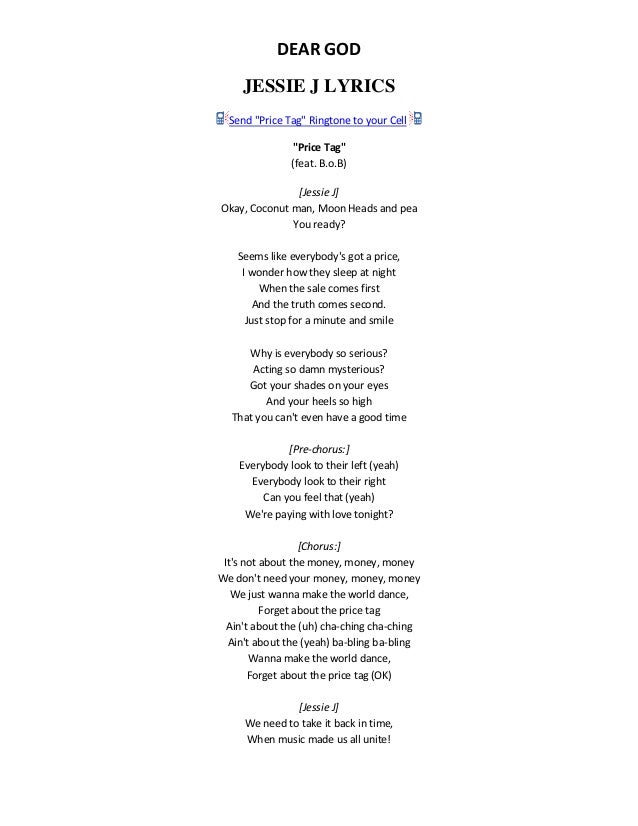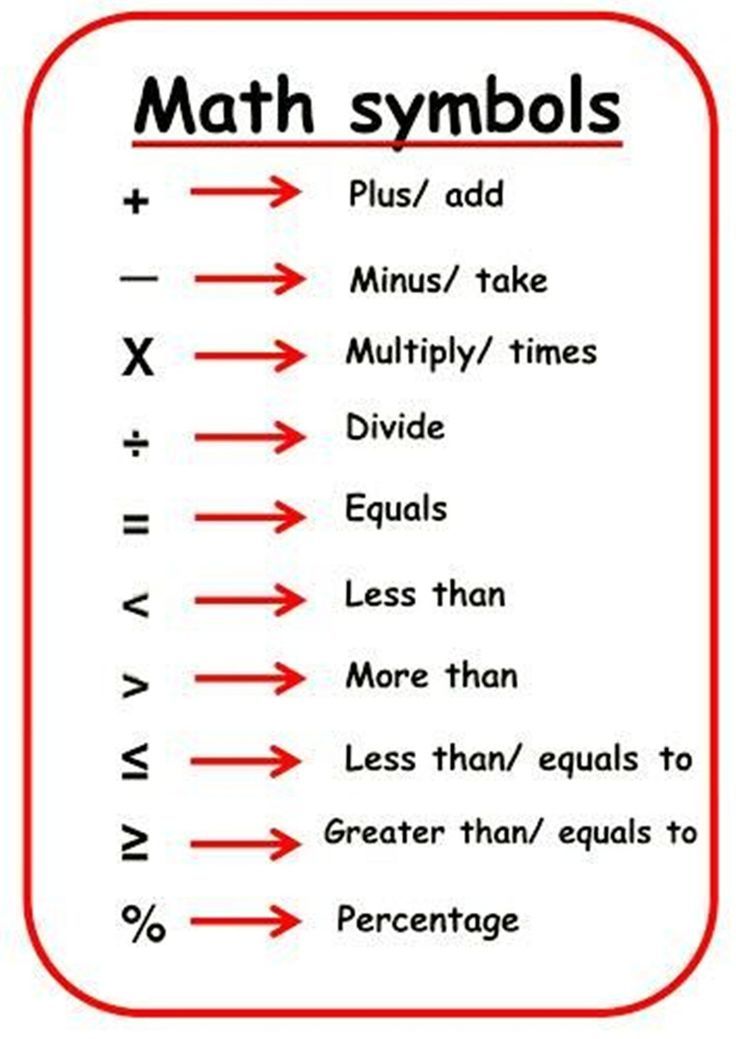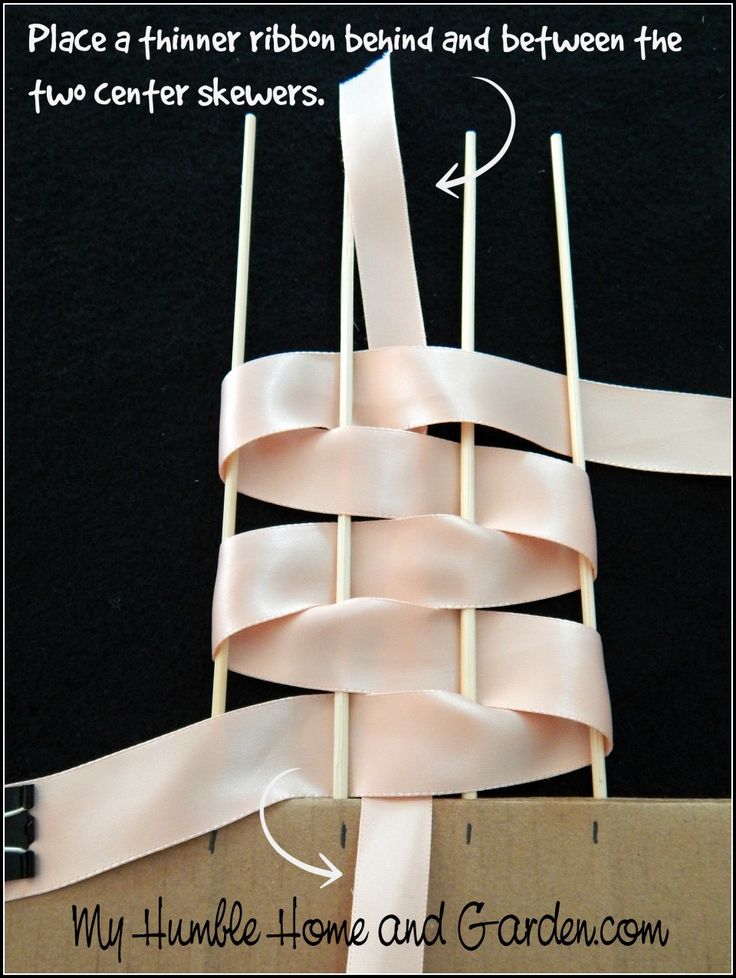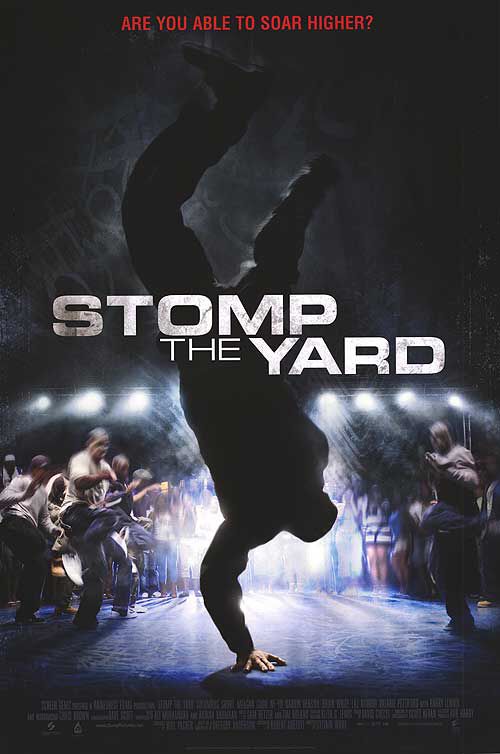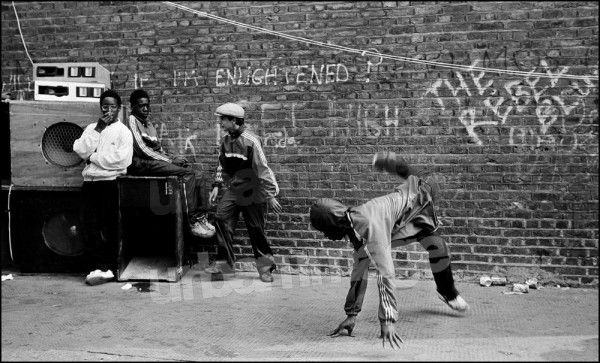How to prepare for a dance
How To Prepare For A Dance Competition Without Overwhelm
Congratulations on participating in a dance competition!! It’s a very big deal and it can be a bit overwhelming–whether this is your first competition or not. To make the experience go smoothly, there are a host of things you should do prior to the actual event. At Fred Astaire Dance Studio in Raleigh, our instructors have a lot of experience both in participating in competitions themselves as well as guiding our student dancers through the process so they can easily prepare for a dance competition.
Based on our experience, we have compiled our best dance competition preparation tips for you to get through the experience as stress free as possible. Not only are we giving you tips, we have included a list of regional and national competitions with dates for you to peruse. Let’s look at our dance competition tips!
Plan Your Calendar AccordinglyWhen you know the date for the competition you can plan other activities accordingly. You will need to clear a lot off your plate the week before and the week of the dance competition in order to focus on the event. There is no need to participate if you aren’t going to give it the attention it needs.
Being ready means that you are putting in the practice and time in order to feel prepared. You will still be nervous leading up to the event. But, when you know that you have put in the time and practice, you will feel less stressed. Feeling ready can be something that you feel after the competition. You know that you danced through the pressure and you are ready for the next one!
Create a Personal Dance Competition Survival KitPut together a survival kit that will help you remain calm and relaxed for the competition. Think about the items that create an environment that is conducive for the reduction of stress. Maybe you will include such things as specific music to listen to, a favorite snack, a soothing eye mask, deep breathing, and meditation.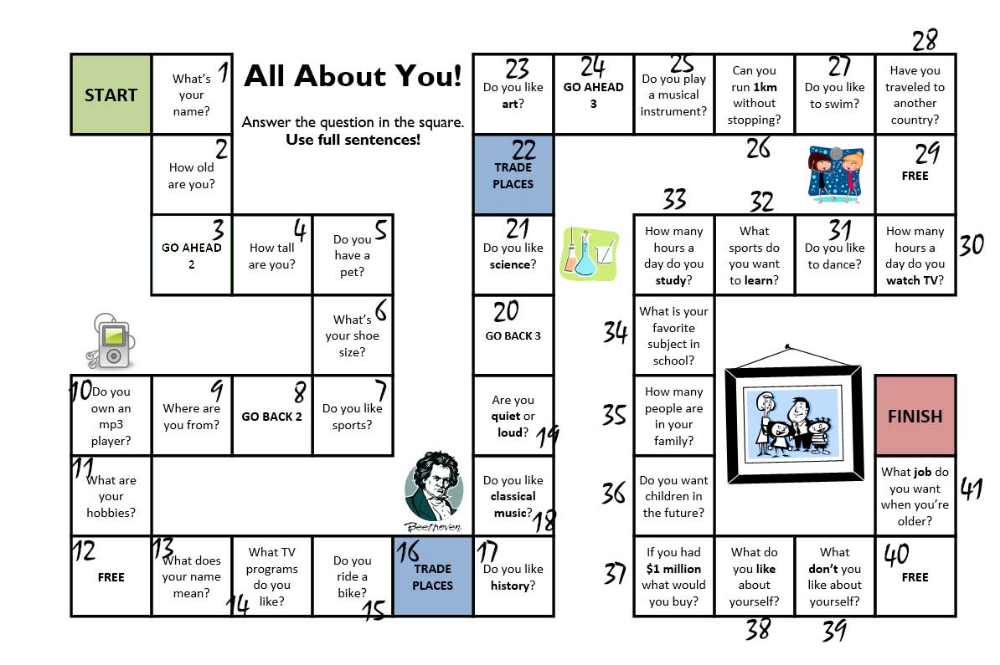
It’s easy to get distracted by other dancers talking about their routines as you get closer to the day of competition. Focus on your individual goals and strengths, not in comparing yourself to others. Focus is an important part of dance competition preparation.
Stay HealthyPreparing with lots of practice for a dance competition can be hard on your body. It’s so important to be sure you are taking care of your health during the time leading up to the event. Maintain a healthy diet with good nutrition. Eat all the things that are good for you and help you stay strong like plenty of protein and veggies. If you happen to catch a cold or flu, take a break and get plenty of rest. You may feel that you can’t afford to decrease your practice, but resetting will get you back on track sooner. A couple of weeks taken off is better than pushing yourself and feeling less than par for a month!
Drink WaterBe sure you are staying hydrated while you are preparing to compete.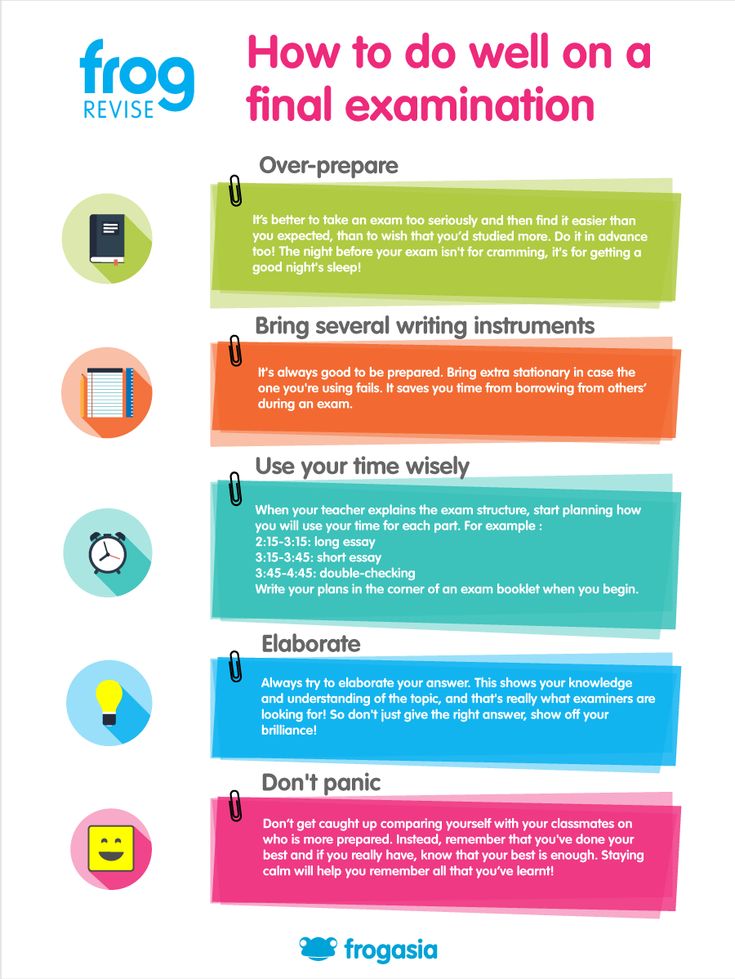 Of course, we know that water intake is crucial to maintaining good health overall, but this is especially so when you are leading up to a competition. However, don’t overdo it the day of the event! Drinking an excess of water immediately before the competition can make you feel faint. Just focus on getting an adequate amount of water during the prep weeks and you will be in tip-top shape!
Of course, we know that water intake is crucial to maintaining good health overall, but this is especially so when you are leading up to a competition. However, don’t overdo it the day of the event! Drinking an excess of water immediately before the competition can make you feel faint. Just focus on getting an adequate amount of water during the prep weeks and you will be in tip-top shape!
Be sure you have your costume(s) in good condition as well as undergarments. Bring an extra pair of tights in case a pair gets torn. These are some other items you may want to have on hand just for maintenance and mishaps:
- Small sewing kit
- Safety pins
- Lint brush
- Static Guard
- Stain-removal pen
- Double-sided tape
You will be nervous about the competition, but the adrenaline is actually very helpful. It’s when you are overwrought with nerves that isn’t good for your performance. Competing requires you to be able to handle the nervousness and push through. Do things prior to getting on the dance floor that will help calm you such as playing your relaxing music prior or spending time on deep breathing exercises. And, don’t forget to have fun. Enjoy the experience! Pat yourself on the back for engaging in the competition. Be nice to yourself and, regardless of the outcome, know that you have really accomplished something when it is over!
Competing requires you to be able to handle the nervousness and push through. Do things prior to getting on the dance floor that will help calm you such as playing your relaxing music prior or spending time on deep breathing exercises. And, don’t forget to have fun. Enjoy the experience! Pat yourself on the back for engaging in the competition. Be nice to yourself and, regardless of the outcome, know that you have really accomplished something when it is over!
Many of the regional dance competitions scheduled in 2021 have already sold out! But, here is a current list of the competitions that are still open (as of late March):
Regional
Dance Machine Reimagined
May 1-2 Rockingham, NC – 80% full
May 7-9 Henderson, NC – 60% full
Inspire
March 26-28 Daphne, AL
April 9-11 Montgomery, AL
April 16-18 Columbus, GA
April 23-25 Charlotte, NC
April 30-May 2 Kannapolis, NC
May 7-9 Dublin, GA
May 14-16 Auburn, AL
Epic Dance Showcase
March 26-28 Knoxville, TN
April 9-11 Spartanburg, SC
April 23-25 Asheville, NC
April 30-May 2 Columbia, SC
May 7-9 Spartanburg, SC
National
Dance Machine
June 24-27 Greensboro, NC
July 15-18 Pigeon Forge, TN
July 23-25 Eden, NC
Inspire
July 5-9 Savannah, GA
Epic Dance Showcase
June 28-July 3 Pigeon Forge/Sevierville, TN
Call Us for Guidance and InstructionAre you interested in preparing for a competition? Even if you are just starting out and competition isn’t in your scope (yet), our professional instructors have expertise in guiding you toward meeting your goals–whatever they may be.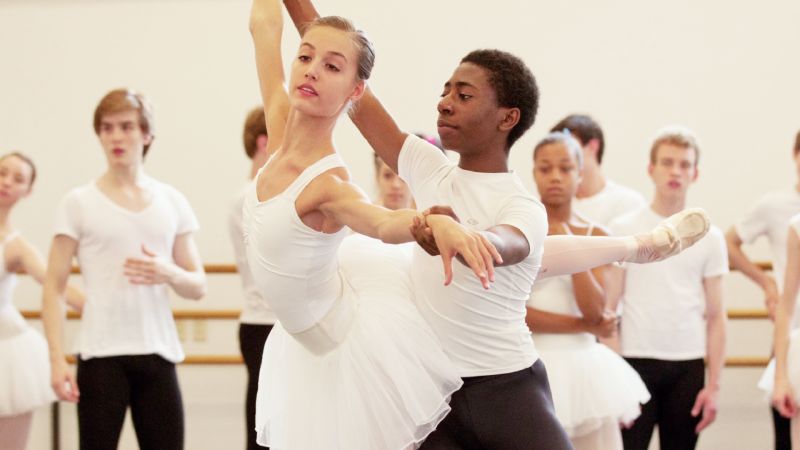 Dancing opens up many opportunities to broaden and expand your life! Give us a call at (919) 872-0111.
Dancing opens up many opportunities to broaden and expand your life! Give us a call at (919) 872-0111.
Contact Us Today
No Partner Necessary
9 Ways to Prepare for Back to Dance
Summer is almost over. But don’t cry…because summer coming to a close means dance is about to start back! Here, Dance Informa brings you nine ways to prepare for back-to-dance.
#1. Get your mind right.
Get out of Pokemon Go mode (I know…it’s tough), and start to mentally prepare for long nights at dance, long weekends in rehearsal, and long nights after dance doing homework.
#2. Relax in the time you have left.
Soak in the sun now, because in a few weeks, you’re going to be indoors at school and at dance. Soak in this down time by taking naps while you still can, and have sleepovers while you do not have an early morning alarm set.
#3. Start some light stretching.
Get with a group of friends and take a yoga class, or just stretch at someone’s house in a circle while talking about the upcoming dance year.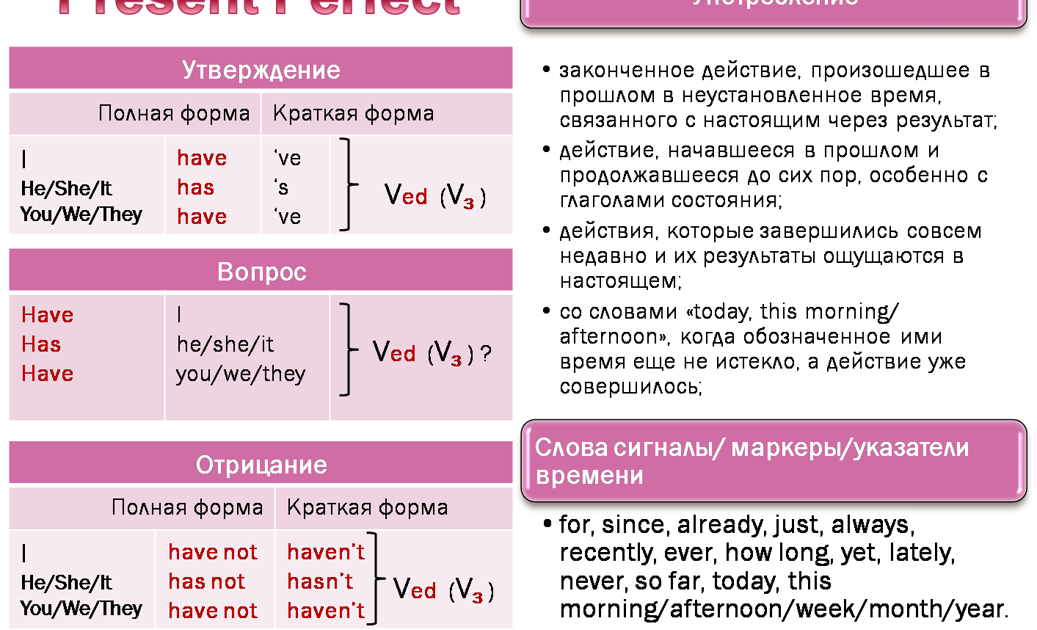 Make sure to ease back into stretching, so as to not pull anything before dance even begins.
Make sure to ease back into stretching, so as to not pull anything before dance even begins.
#4. Complete your summer academic work.
Seriously. Finish that book, or assignment, so you can focus on dance class once it’s time to get back in to dance mode. And while you’re at it…read a dance book, or two, to get some inspiration from the professionals.
#5. Review last year’s ups and downs in your mind.
This is important. You can talk with your parents, your dance peers, or just think about it by yourself, but really review and think about your previous year’s performances…your ups, your downs, when you were at your best and why, when you were not focused and why. All of these facts will be cues for this upcoming year so you’re more prepared for what your habits are when it comes to dance class and performing.
#6. Take new head/body shots for the year.
Who doesn’t love a photo shoot? It doesn’t have to be the most expensive photographer, or 100 edited photos, but having a new headshot at the beginning of each dance year is smart.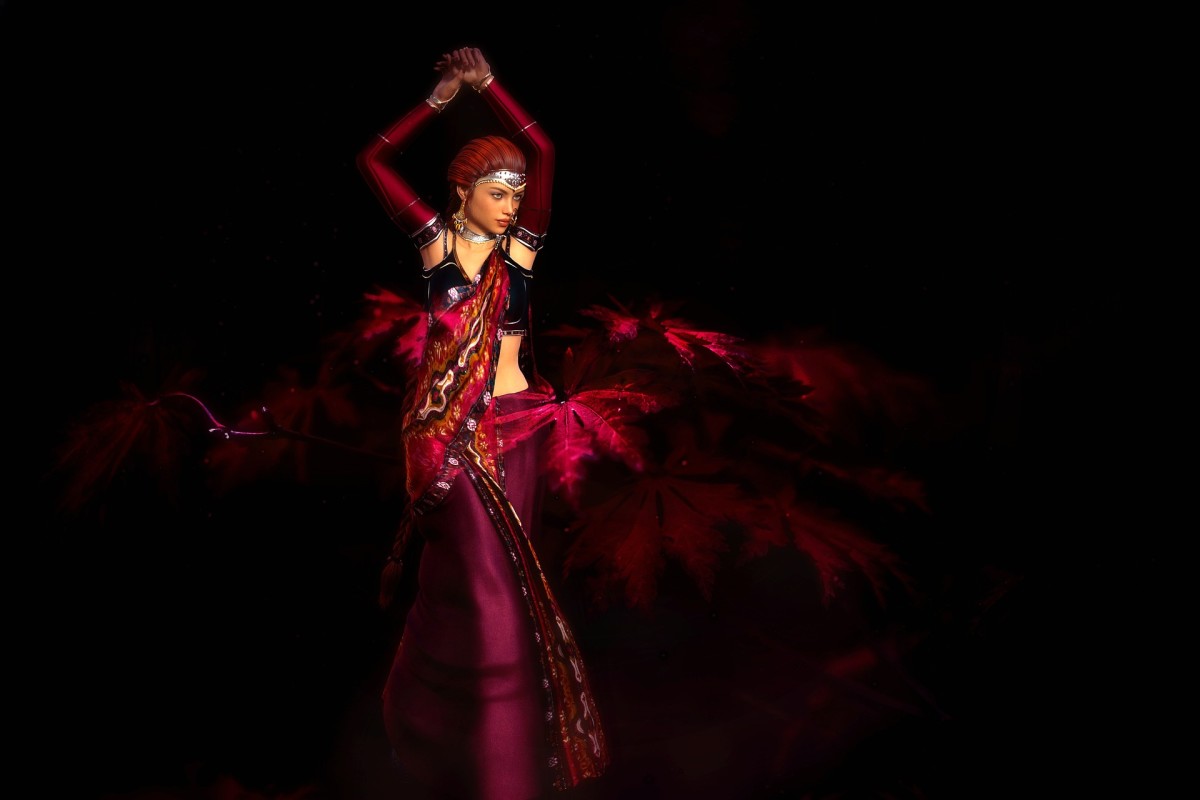 You may need them for a scholarship entry at a competition/convention, or if you’re planning on submitting yourself for any professional work.
You may need them for a scholarship entry at a competition/convention, or if you’re planning on submitting yourself for any professional work.
#7. Soak in advice and corrections from your summer intensives.
Were you really inspired by one teacher at your summer intensive? How can you apply what your summer intensive teachers have said to you the whole year? Think about it, and write it down so you remember that goal all year.
#8. Think about nutrition for the year.
Talk with your mom (or dad if he does the grocery shopping) about snacks that are healthy and filling, and ask if you could always have those in stock in your house. Also, try your best to avoid the fast food places near your studio for an easy dinner. Pack your lunch and dinner in the morning if you go straight to dance from school. Be prepared.
#9. Create a mood board.
Cut out magazine photos, print out Dance Informa articles, print words that inspire you, and create a dance mood board with inspiration for the year. That way you have a cute photo to take for a fun Instagram post, and if you ever need motivation during the dance year, you’ll just need to look at your mood board!
That way you have a cute photo to take for a fun Instagram post, and if you ever need motivation during the dance year, you’ll just need to look at your mood board!
By Allison Gupton of Dance Informa.
Photo (top): Dusty Button, principal dancer at Boston Ballet. Photo by Mitchell Button.
Related Items:back to dance, body shots, dance photo shoot, dancer nutrition, head shots, mood board, nutrition, stretching, summer intensives, Tips & Advice
How to prepare for the first dance lesson? What to bring to dance classes?
Contents
If you are going to visit a dance studio for the first time, it is important to know how to properly prepare for the lesson. To do this, several points must be taken into account. Then you can feel confident and "armed" for dancing.
What to take with you to the dance class
The ideal option is to provide a bag or backpack, which will always contain the things necessary for classes. Then you will be sure that you have taken everything you need with you and have not forgotten anything. What should be put in such a bag?
What should be put in such a bag?
Clothes
To figure out what clothes are right for you for dance lessons, you need to know for which direction you choose them:
- Tight clothes made of elastic fabric are suitable for ground lessons. It can be leggings, a T-shirt, a T-shirt. Give preference to sports options, without a variety of fasteners, rhinestones, zippers. They can injure you or your partner. Avoid clothes made from low-quality synthetic materials that are poorly breathable and do not absorb moisture. Moreover, the idea of exercising in leatherette leggings should be abandoned. The fit should be medium or high so that the leggings do not slip during active movements. Some people are comfortable in shorts, but not all. Bare feet can be damaged by contact with the floor.
- For active styles like hip hop or contemporary, looser clothing is more suitable. Wide trousers, oversized sweaters, T-shirts several sizes larger will allow you to feel comfortable and fully open up in the dance.
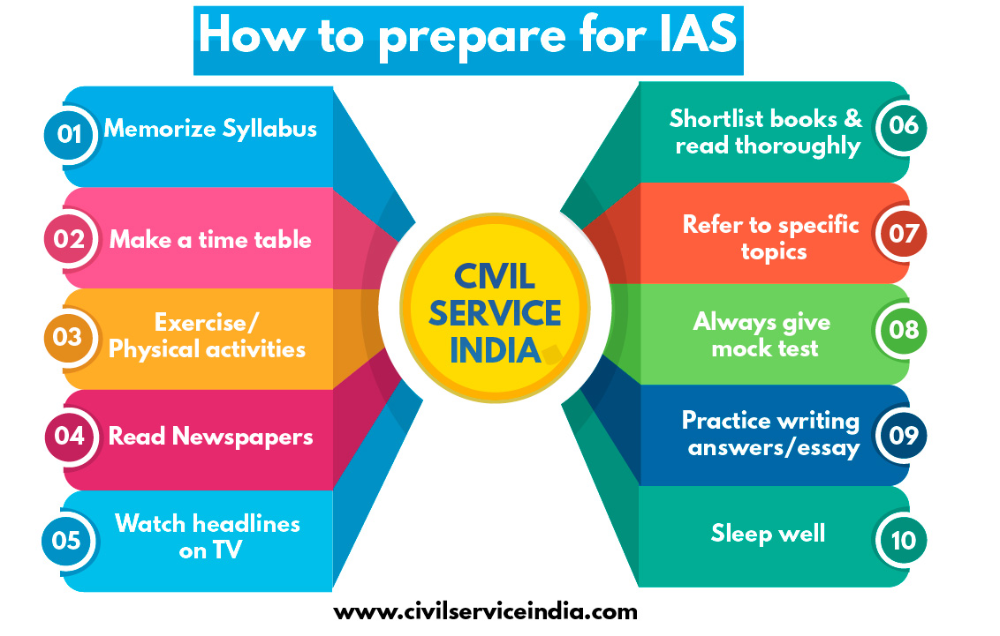
- Leotards (one-piece leotard) are purchased for classical dance styles. The sleeve can be long or short. Leggings are worn under the tights, but of a lower density.
Sign up for a trial lesson
Clothing should not be provocative, exposing those parts of the body that should not be exposed in public. Avoid transparent fabrics, underwear should not shine through. If you are comfortable wearing a top and shorts, make sure they are long enough. Choose clothes based on the temperature in the lesson. Do not dress too lightly if it is cold in the hall and vice versa. If you get hot during the dance, you run the risk of hypothermia while you remain motionless.
Choose clothes according to your taste, so that it is not only comfortable, but also uplifting, setting you in the right mood.
Shoes
Just as important as clothing. It should also be selected, focusing on the style of dance. For hip hop, stable sneakers or sneakers will be relevant. "Balniks" are recommended to practice in special shoes, as well as those who are fond of step. But oriental and Latin American dances will be more "economical". For them, ordinary shoes are suitable or you can do without them at all.
"Balniks" are recommended to practice in special shoes, as well as those who are fond of step. But oriental and Latin American dances will be more "economical". For them, ordinary shoes are suitable or you can do without them at all.
It is possible to train in socks, if we are talking about stalls or contemporary. But there is a risk of falling if the floor is too slippery. It will also be difficult to perform some of the tricks. In this case, Czech or half shoes would be ideal.
What else to put in your bag
In addition to clothes, there are a few other things to keep in mind when preparing for dance lessons:
- If you have weak knees and ankles, take care to protect them. For this, knee pads and elastic bandages are useful. To protect the lower back from hypothermia, a warming belt is suitable.
- Additional “equipment” includes weights. Whether you need them or not is up to you. They are not suitable for beginner dancers.
 Weights are for arms and legs. Their weight starts from 0.5 kilograms.
Weights are for arms and legs. Their weight starts from 0.5 kilograms. - For those with long hair, elastic bands and hair clips are required to help them collect. Loose hair is not always comfortable to deal with.
- Be sure to pack a large bottle of water in your bag, as you're bound to get thirsty when you exercise.
- Use a small towel that absorbs moisture well. They make it easy to wash your face.
Don't wear make-up before going to class. In the process of training, there is a risk that the makeup will flow and smear. Also avoid strong-smelling perfumes and deodorants. People around you may not only have a different taste for aromas, but also be allergic to them. But the use of antiperspirants will allow you to feel more confident in training and avoid unpleasant situations.
Do not go to class if you feel unwell. When you exercise, you may get worse. In addition, you can accidentally infect other students or teachers.
Don't go to training hungry. You are provided with a breakdown, and they are very necessary for dancing. But you also don’t need to eat immediately before training, the optimal time for eating is an hour before training. Overeating before dancing is also not worth it, it will make you sleepy, your movements will slow down and become difficult. The same goes for lack of sleep. It will affect the quality of training not in the best way.
You are provided with a breakdown, and they are very necessary for dancing. But you also don’t need to eat immediately before training, the optimal time for eating is an hour before training. Overeating before dancing is also not worth it, it will make you sleepy, your movements will slow down and become difficult. The same goes for lack of sleep. It will affect the quality of training not in the best way.
And, most importantly, be sure to take a good mood with you! The result and emotions from the training directly depend on the attitude with which you engage. If you are upset or depressed, then the dance class and the atmosphere can be the best medicine. After him, there will be no trace of a bad mood!
How to prepare for dance lessons? | Physical education and sports
To start exercising, you will need: a little free time, a deserted room at the time of class, comfortable clothing that does not restrict movement, and rhythmic music that inspires you.
Exercise one: stretching. Raise your hands up and stretch with taste, with feeling, with strength. Stronger! So, to stand on tiptoe! To feel how each of your personal veins trembles and responds! And now stretch again, but spreading your arms to the sides so that they even go back a little. Straighten up! Do not be surprised if you feel a strength in yourself that you did not suspect of yourself - enjoy this elasticity of the muscles, it is all yours. This exercise can be done without music, but some people like to make it part of their secret, personal dance. In addition, over time, it can be diversified by stretching from a variety of poses.
Raise your hands up and stretch with taste, with feeling, with strength. Stronger! So, to stand on tiptoe! To feel how each of your personal veins trembles and responds! And now stretch again, but spreading your arms to the sides so that they even go back a little. Straighten up! Do not be surprised if you feel a strength in yourself that you did not suspect of yourself - enjoy this elasticity of the muscles, it is all yours. This exercise can be done without music, but some people like to make it part of their secret, personal dance. In addition, over time, it can be diversified by stretching from a variety of poses.
Exercise two: tummy. Pull it in with force. Hold up. Let go. Pause. Retract. Hold up. Let go. You can start with ten retractions at a time, then gradually increase their number. Do you feel? You have muscles there! your muscles. Your body. You will soon become friends with him.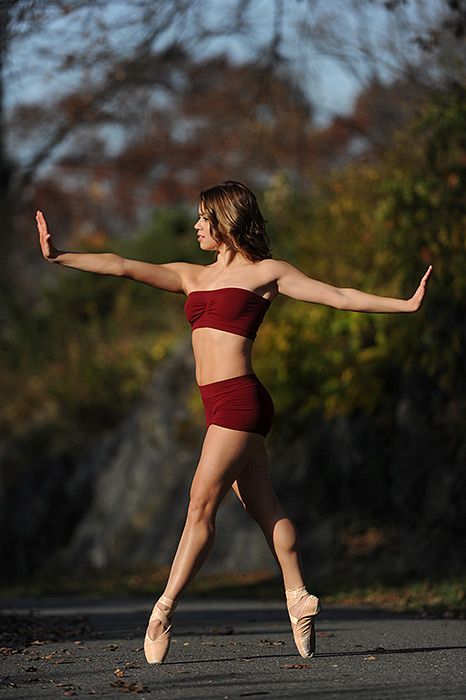 Exercise can be done two to four times during the day, it does not take much time. If you want to belly dance, you can start right now, pulling your stomach in and out to the beat of the music (not necessarily at the same pace if the music is too fast for that). Your belly is dancing now! And then, after classes in the studio, it will be even better - you will feel confident in this, feeling how well he listens to you.
Exercise can be done two to four times during the day, it does not take much time. If you want to belly dance, you can start right now, pulling your stomach in and out to the beat of the music (not necessarily at the same pace if the music is too fast for that). Your belly is dancing now! And then, after classes in the studio, it will be even better - you will feel confident in this, feeling how well he listens to you.
Exercise three: shoulders. Clasp your hands behind your back and lower your shoulders forward and down. With effort, so as to feel the tension of the muscles. And now, in a smooth circular motion, through the top, take them back and down. Movement should be as wide as possible! Try to do it resiliently, with force, with the same movement with which the epic heroes tore their fetters. It can crackle in the back - it's not scary at all.
And now let's catch the rhythm with the body. After all, a very common problem for beginners is that they can move either correctly or in rhythm. But if your body learns to catch the rhythm before class, you simply won’t have such a problem.
This is where you will definitely need music. Turn it on. Stand at the beginning of an imaginary track, arms at your sides, and walk with the music to the beat. Try it just like that, and then play. Imagine that you want to say something with your walk. You can even imagine yourself as a character in a play based on a book that you like. Become Carmen or Scheherazade, but at least Mary Poppins - at your discretion. Resiliently, with a pull, with suspensions, with a hidden threat, go to your Jose.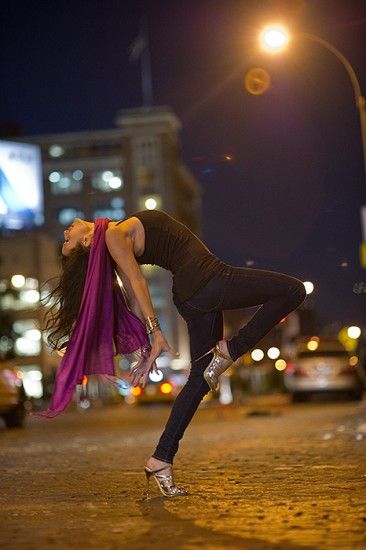 Or gently, slyly, letting your hips sway, head towards your check. How about jumping up like Little Red Riding Hood? Try whatever comes to your mind! Most importantly, try to do it rhythmically. Now, why not try walking sideways? And back to front? And waddling like a penguin?
Or gently, slyly, letting your hips sway, head towards your check. How about jumping up like Little Red Riding Hood? Try whatever comes to your mind! Most importantly, try to do it rhythmically. Now, why not try walking sideways? And back to front? And waddling like a penguin?
Now let's get up and knock on the door. Imagine it in front of you in the air. Tap several times with double blows with one hand, then with the other. Nobody opens! Tap alternately with both cams, and then with two at once! Why don't you kick her? Naturally, all this must be done in rhythm with the music. Too difficult? Try sooner. Tap rhythmically with the edge of one fist against another or beat invisible drums with your palms. Beat with a "hoof" like a horse. It turns out? Excellent.
When you feel that your body easily responds to your suggestions, catches the rhythm and is generally extremely friendly to you - I don’t know, but usually it happens surprisingly soon, after about a month.


